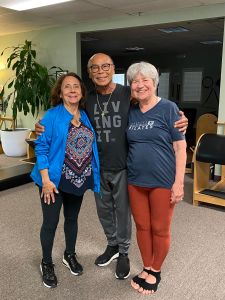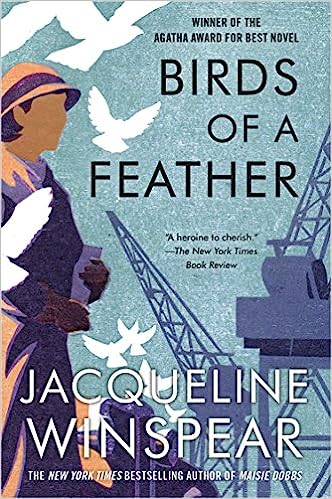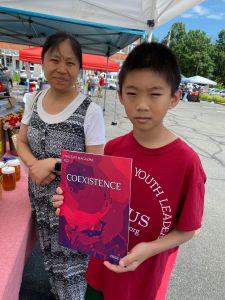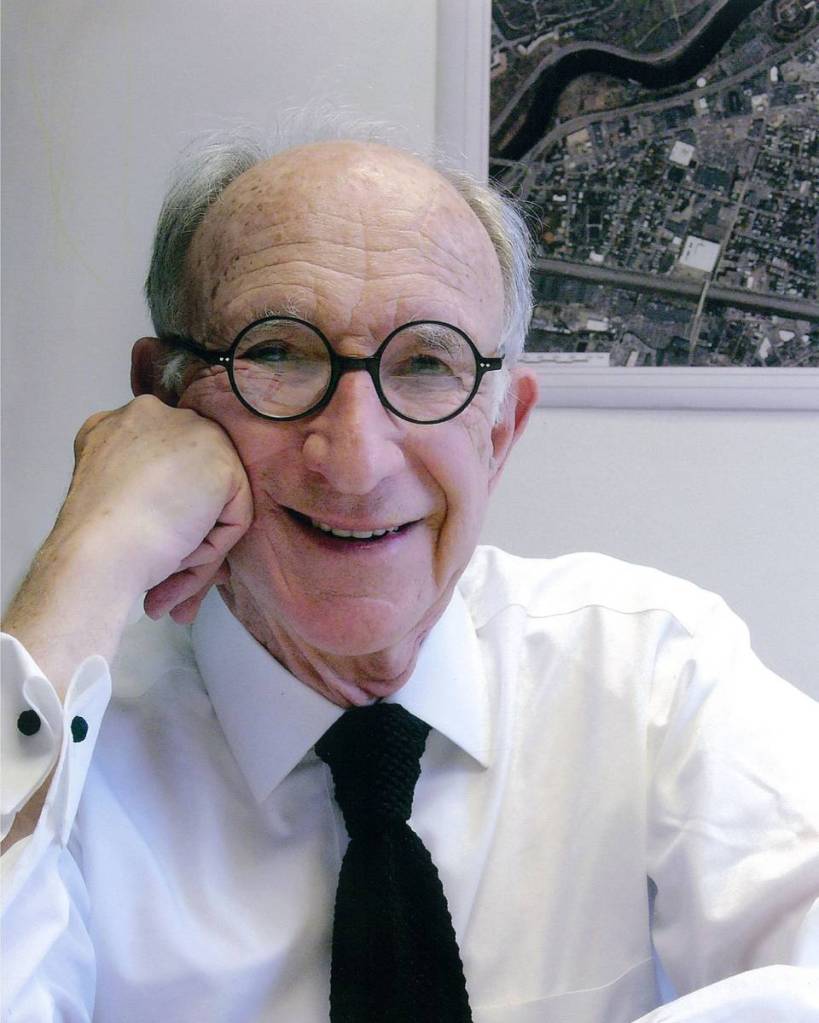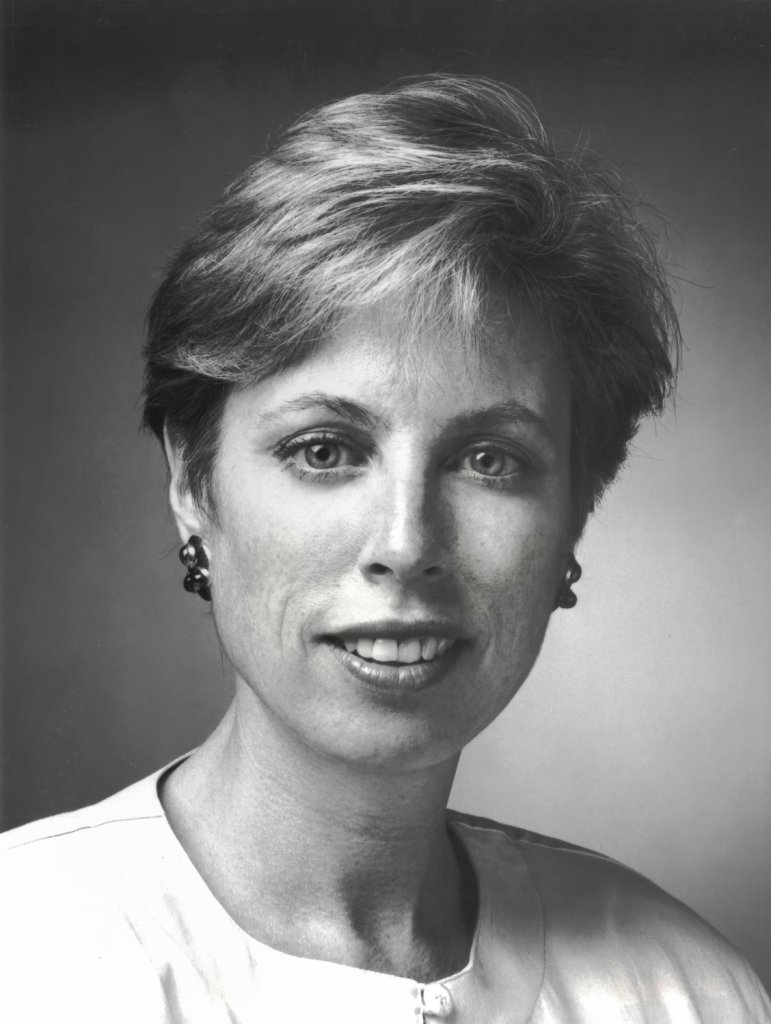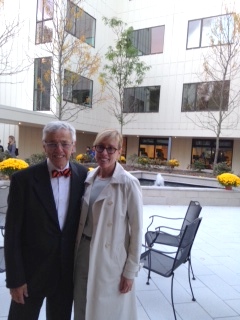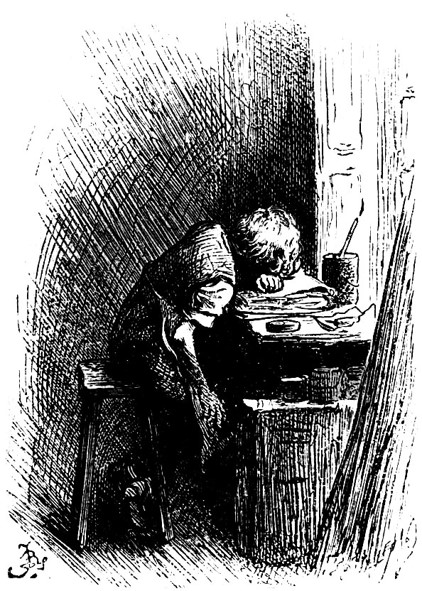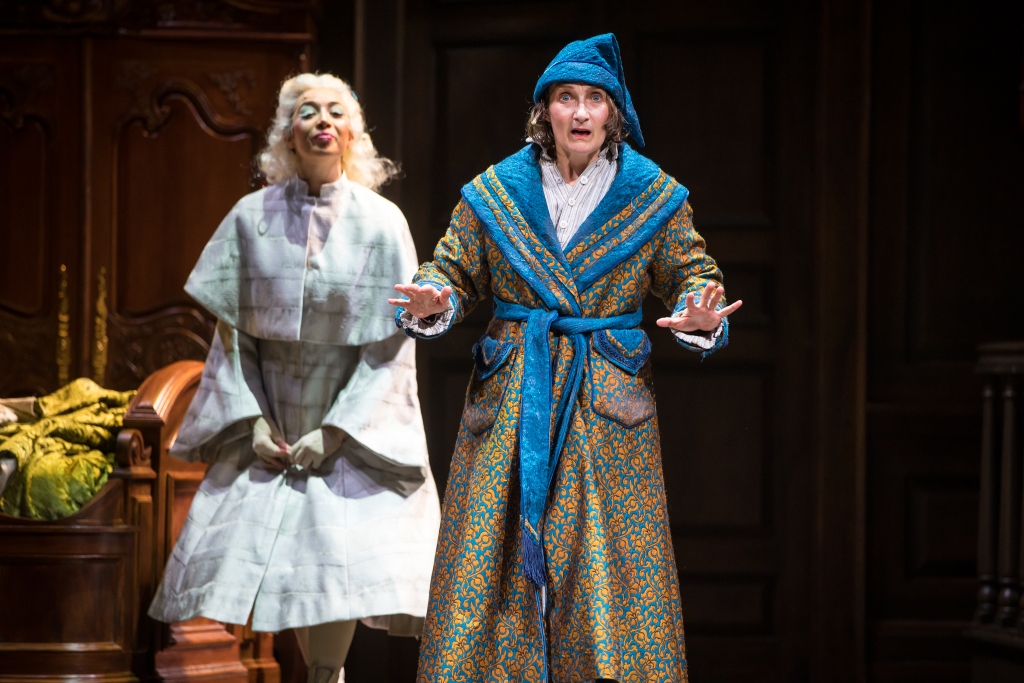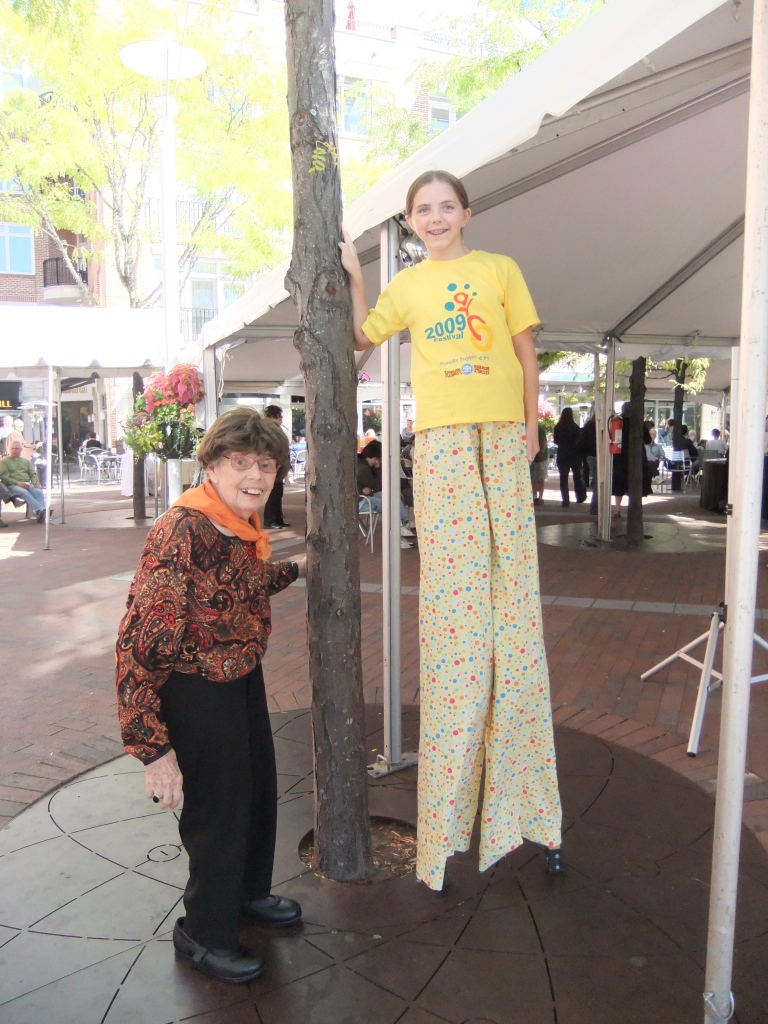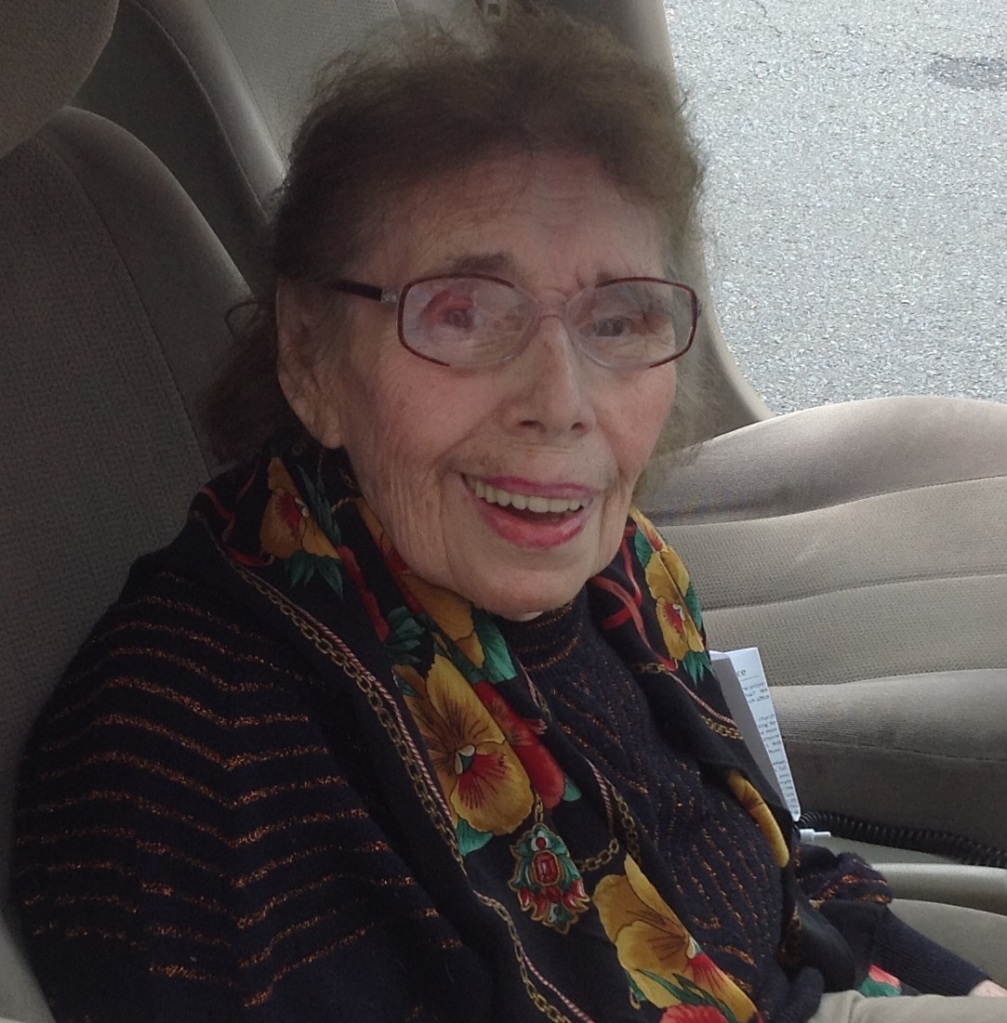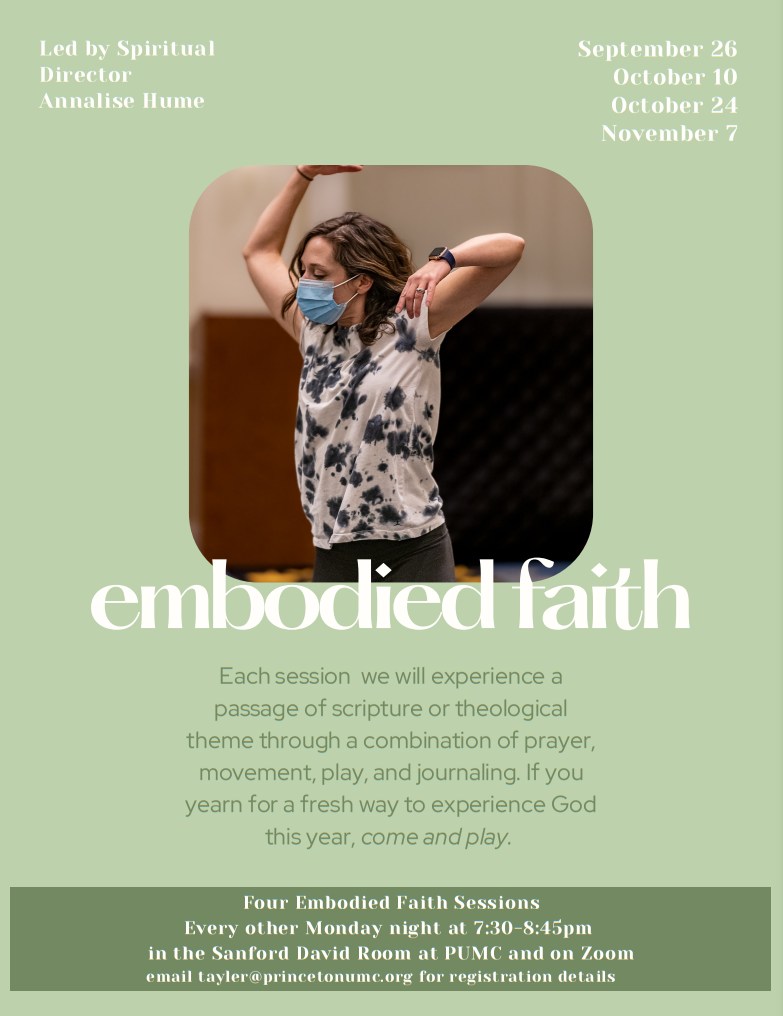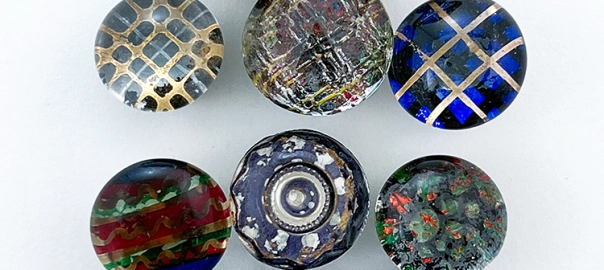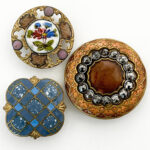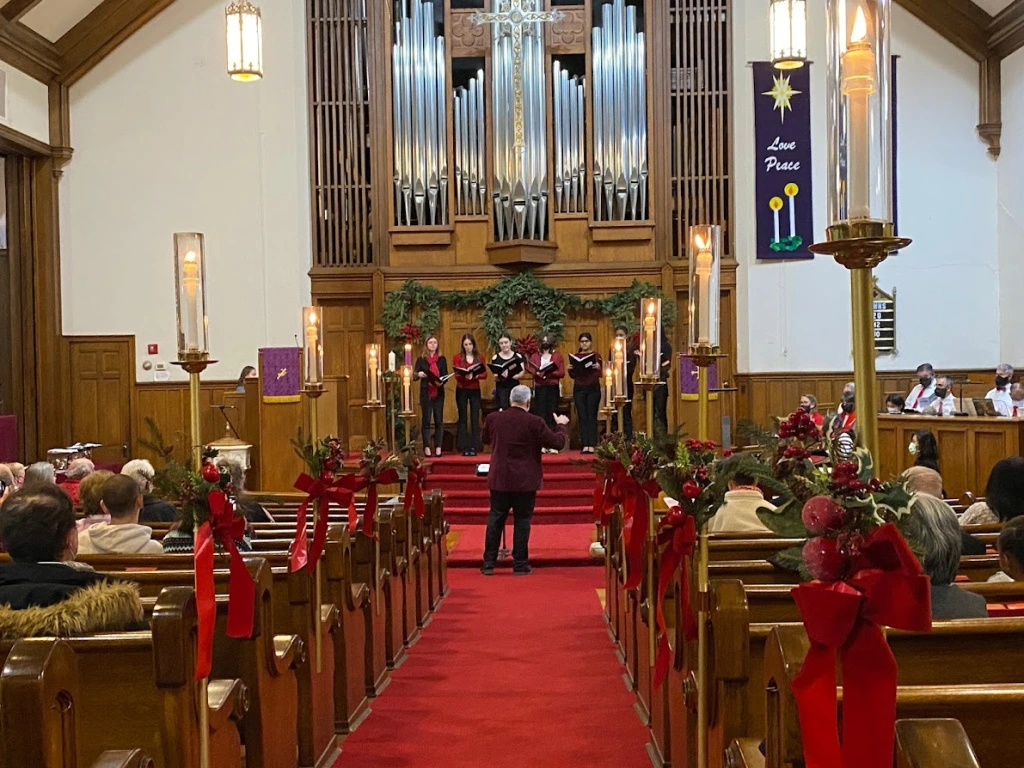
Christmastide, an anthem by Tom Shelton, sends chills down my spine whenever I hear it. Today I was fortunate to hear Shelton’s Youth Choir render it twice, in a day of beautiful music, first at morning worship, when the Chancel Choir also sang one of my favorites, Bach’s Jesu Joy of Man’s Desiring. They reprised it tonight, along with joyful music from the Chancel and Handbell Choirs, directed by Hyosang Park, in a concert entitled “Rejoice!”
Here is the link to hear Christmastide, from Sunday, December 17 at 10 a.m.
This post is a thank you to the musicians at Princeton United Methodist Church – and to musicians around the globe – who put their hearts and souls into bringing the hopeful strains of Advent and Christmas music into churches and concert halls everywhere. How can anyone not believe in the divinity of our Creator when listening to these harmonies?
So – thank you to these musicians, and as you read their names, you will see that several do double and triple duty. Many of them perform in professional ensembles. But there’s nothing like hearing your own friends make music in your own house of worship. Kudos to Park, who put the program together, as well as to Shelton.
In the Chancel Choir are Mandy Du, Yvonne Macdonald, Joan Nuse, Lori Pantaleo, Françoise Maitre, Karen Hoagland, LaVerna Albury, Jenni Collins, Lindsay Diehl, Stephen Offer, Curt Hillegas, Yannick Ibrahim, and Jim Frisbee. They gave us Handel’s Christ is Born (arranged by Jon Paige) and Shepherds Come Rejoicing by Joseph M. Martin, and Purcell’s Rejoice in the Lord Always.
In the Youth Choir are Elli Collins, Juli Collins, Maggie Collins, Shermel Morgan, Julia Potts, and Aditi Rapaka. After joining the Chancel Choir for the Purcell, they sang two old world carols and then, with Jenni Collins as soloist, Shelton’s Christmastide.
The Handbell Choir played News of Great Joy in an arrangement by Arnold Sherman and O How Joyfully, arranged by John Behnke. Ringing were Irene Yu, Diane Peterson, John Macdonald, Yvonne Macdonald, Joan Nuse, Bob Nuse, Amy Gardner, Bill Gardner, Julia Ciccone, Mary Ciccone, Sarah Betancourt, and Heather Hansen.
The orchestra closed the program with Handel’s Rejoice Greatly, featuring Bill Gardner on trumpet, along with Elizabeth Rouget, Violin; Myles McKnight, Violin; Paul Manulik, Viola; Gabrielle Hooper, Cello; Scott Collins, Clarinet; Amy Gardner, Clarinet; Bill Gardner, Trumpet; Julia Hanna, Piano. Ian Macdonald and Eric Gillette managed the video stream, available here on this Facebook page. Or on the website.
As Rev. Jenny Smith Walls said, in using the words of Kate Bowler for the benediction, “We have quieted our souls to listen, for your word made flesh is life to us.”
———————- Barbara Fox
On Christmas Eve at 4 p.m. the Children’s Choir leads a family-friendly candlelight service — and at 8 p.m. a traditional service features the Chancel Choir, Youth Choir, and instrumentalists. All are welcome.
